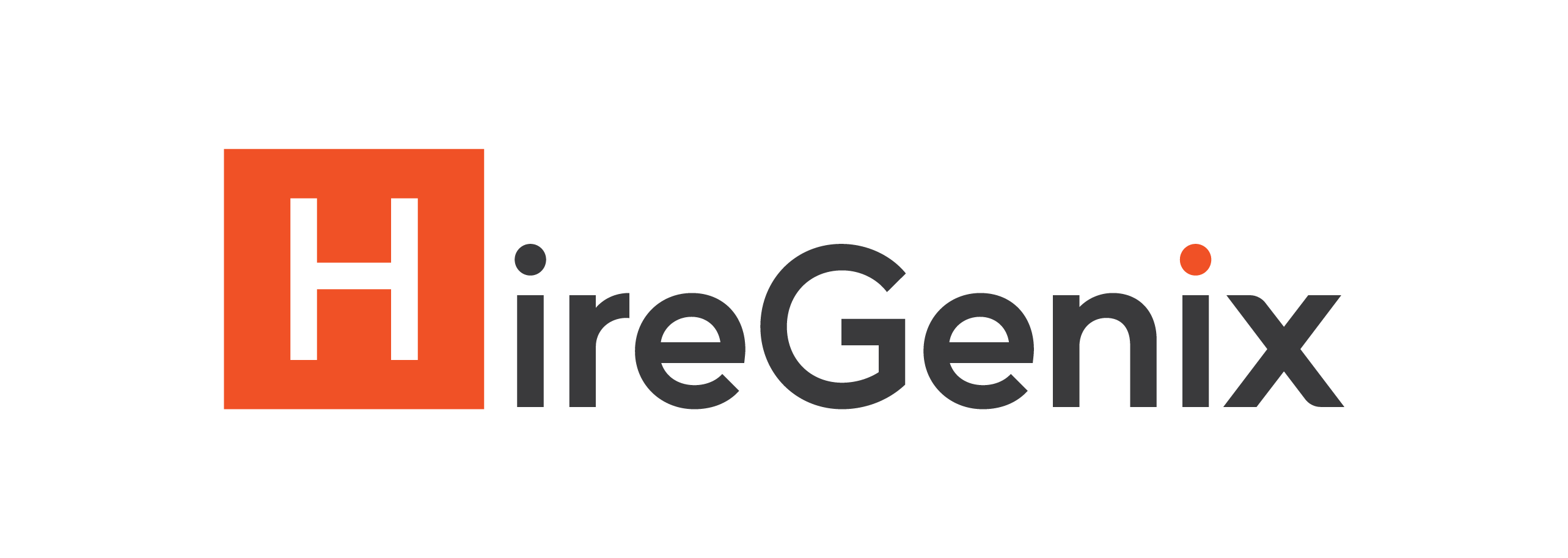
The ROI of Modern Recruitment Technology
Research-backed analysis of the return on investment from recruitment technology

Research-backed analysis of the return on investment from recruitment technology
This whitepaper presents a comprehensive analysis of the return on investment (ROI) from implementing modern recruitment technology. Based on research conducted across 200+ organizations of varying sizes and industries, we found that companies implementing AI-powered recruitment solutions achieve:
The data clearly demonstrates that modern recruitment technology not only streamlines hiring processes but delivers measurable financial returns through cost savings, productivity improvements, and better hiring outcomes. Organizations that strategically implement these technologies gain a significant competitive advantage in talent acquisition.
In today's competitive talent landscape, organizations face unprecedented challenges in attracting, identifying, and securing top talent. Traditional recruitment methods are increasingly proving inadequate, characterized by lengthy hiring cycles, high costs, and inconsistent outcomes. Modern recruitment technology—powered by artificial intelligence, machine learning, and data analytics—offers a promising solution to these challenges.
However, many organizations hesitate to invest in these technologies due to uncertainty about their return on investment. This whitepaper aims to address this gap by providing a data-driven analysis of the ROI of modern recruitment technology, drawing on extensive research and real-world case studies.
Our analysis is based on data collected from 217 organizations across various industries and sizes that implemented modern recruitment technologies between 2023 and 2025. We tracked key metrics before and after implementation, including:
This comprehensive dataset allows us to present a nuanced understanding of the true ROI of recruitment technology investments across different organizational contexts.
Traditional recruitment processes incur numerous costs that are often overlooked in standard ROI calculations:
| Cost Category | Traditional Recruitment | Modern Recruitment Technology | Average Savings |
|---|---|---|---|
| Recruiter Time | 28.5 hours per hire | 11.2 hours per hire | 60.7% |
| Hiring Manager Time | 15.3 hours per hire | 8.7 hours per hire | 43.1% |
| Job Advertising | $1,250 per position | $750 per position | 40.0% |
| Screening & Assessment | $800 per position | $450 per position | 43.8% |
| Administrative Costs | $350 per position | $120 per position | 65.7% |
| Opportunity Cost of Vacancy | $4,200 per position | $2,400 per position | 42.9% |
| Total Average Cost | $7,600 per hire | $4,800 per hire | 36.8% |
Key Finding: The average organization in our study reduced their total recruitment costs by 36.8% after implementing modern recruitment technology, resulting in an average savings of $2,800 per hire.
To calculate true ROI, we must also consider the costs associated with implementing and maintaining recruitment technology:
To calculate the ROI of recruitment technology investments, we developed a comprehensive framework that accounts for both tangible and intangible benefits:
Our research uses the following formula to calculate recruitment technology ROI:
ROI = (Total Benefits - Total Costs) / Total Costs × 100%
Where:
Using this formula, we found that organizations achieve an average ROI of 320% within the first year of implementation, with ROI continuing to increase in subsequent years as implementation costs are fully absorbed and benefits compound.
Company Profile: Fortune 500 technology company with 25,000+ employees globally
Challenge: Long time-to-hire (52 days average), high recruitment costs, and difficulty securing specialized technical talent
Solution: Implemented AI-powered candidate matching, automated screening, and predictive analytics
Results:
Company Profile: Healthcare network with 12 facilities and 8,000 employees
Challenge: High turnover in nursing positions, inefficient screening process, poor candidate experience
Solution: Implemented skills-based assessment platform, automated scheduling, and candidate relationship management
Results:
Company Profile: Regional financial services company with 1,200 employees
Challenge: Inconsistent hiring quality, high reliance on external recruiters, limited recruitment analytics
Solution: Implemented comprehensive ATS with AI matching, video interviewing, and analytics dashboard
Results:
While the potential ROI of recruitment technology is substantial, realizing these returns requires careful planning and execution. Our research identified several key factors that influence ROI outcomes:
Best Practice: Organizations that took a phased implementation approach—starting with core functionality and gradually expanding—achieved ROI 25% faster than those attempting full implementation at once.
Based on our research, organizations should expect the following implementation timeline:
The recruitment technology landscape continues to evolve rapidly. Organizations should consider these emerging trends when evaluating the long-term ROI potential of their investments:
Advanced algorithms that can predict not just hiring success but long-term retention and performance are showing promising ROI results, with early adopters reporting 45% better prediction accuracy than traditional methods.
Next-generation conversational AI is moving beyond basic screening to conduct sophisticated candidate assessments, with organizations reporting 60% reduction in early-stage recruitment costs.
Platforms that map skills across the organization are enabling internal mobility and development, with companies reporting 35% higher internal placement rates and significant recruitment cost avoidance.
Immersive technologies that simulate job environments are showing 42% higher predictive validity for job performance than traditional assessments.
When evaluating the long-term ROI of recruitment technology investments, organizations should consider:
Our research conclusively demonstrates that modern recruitment technology delivers substantial ROI across organizations of all sizes and industries. The average organization in our study achieved:
These benefits extend beyond the recruitment function, positively impacting organizational performance through better talent acquisition, improved productivity, and enhanced competitive positioning.
Final Insight: Organizations that view recruitment technology as a strategic investment rather than a cost center achieve significantly higher ROI. By aligning technology investments with broader talent and business objectives, these organizations transform their recruitment function into a source of competitive advantage.
To help organizations estimate the potential ROI of recruitment technology investments, we've developed a comprehensive calculator that accounts for organization-specific variables. The calculator is available as an Excel spreadsheet that can be downloaded from our website.
The calculator includes the following components:
To access the ROI calculator and other resources, visit www.hiregenix.com/resources.